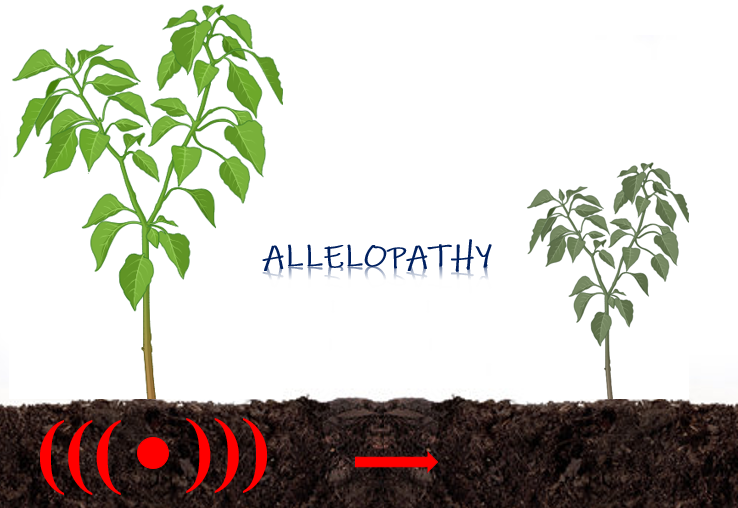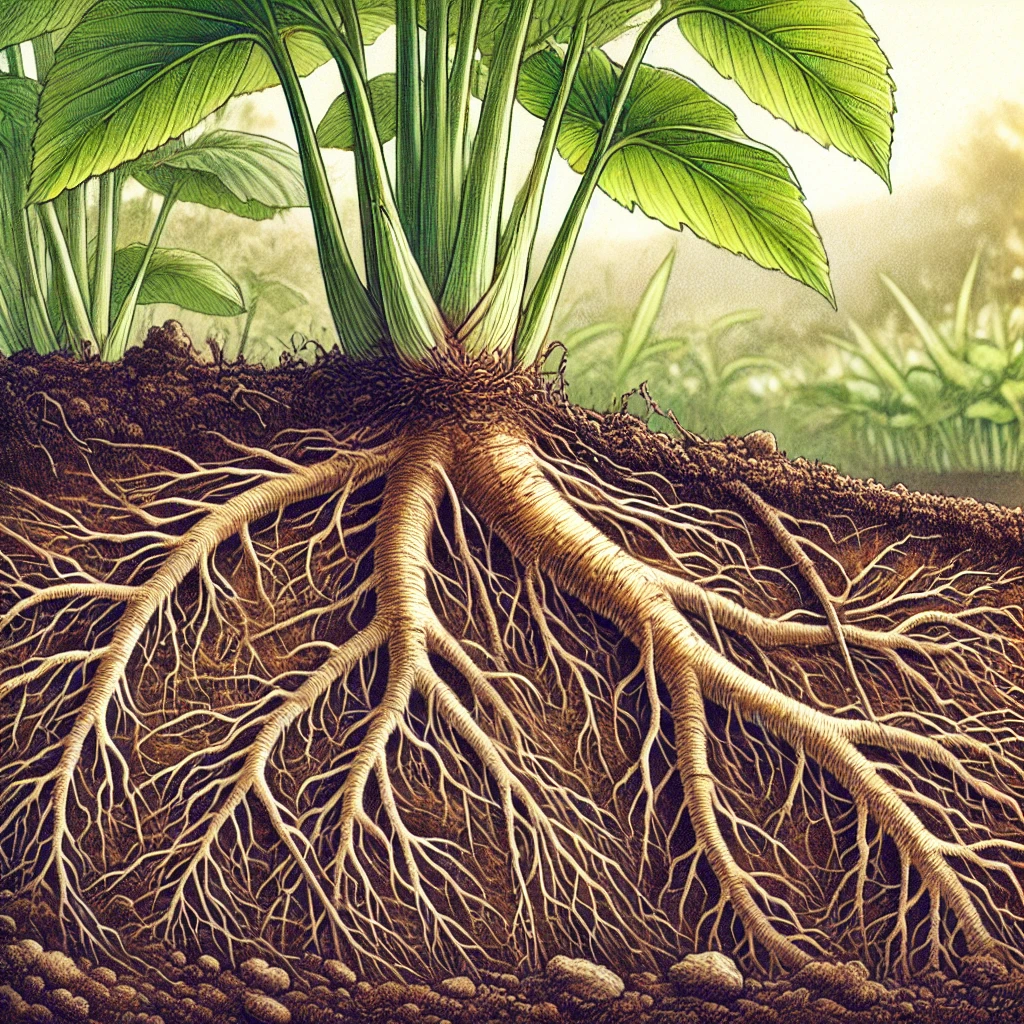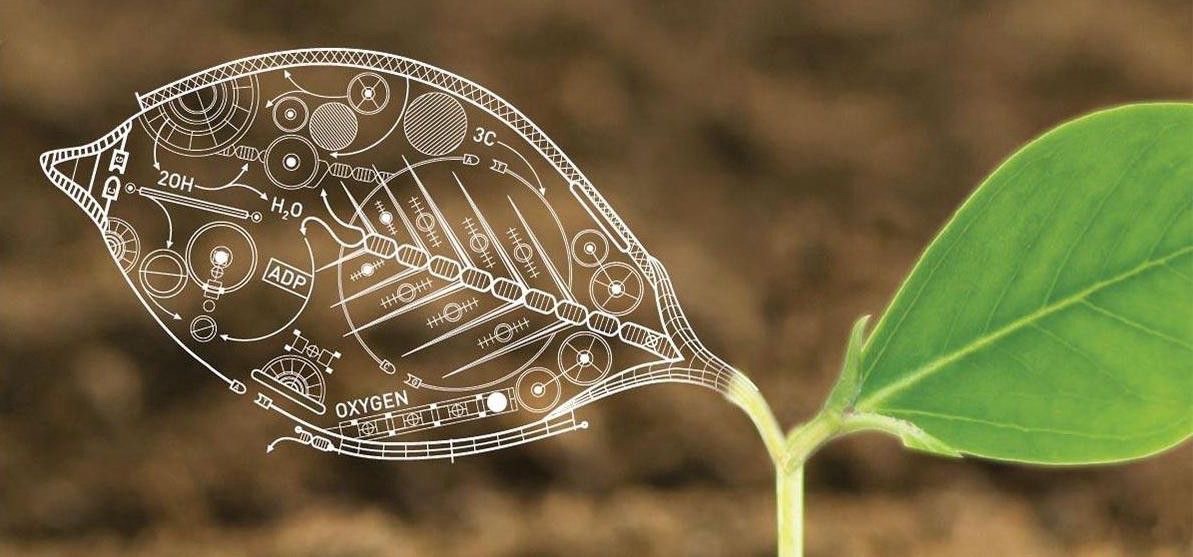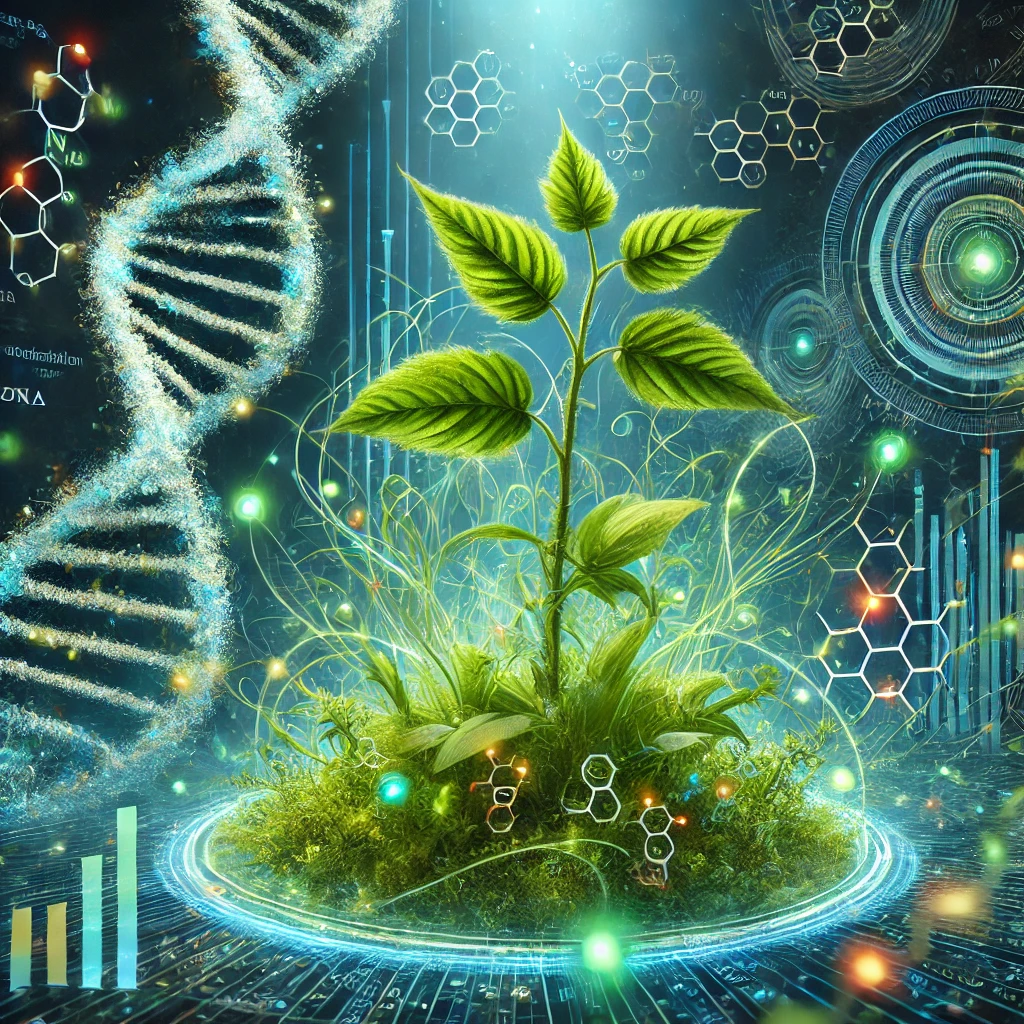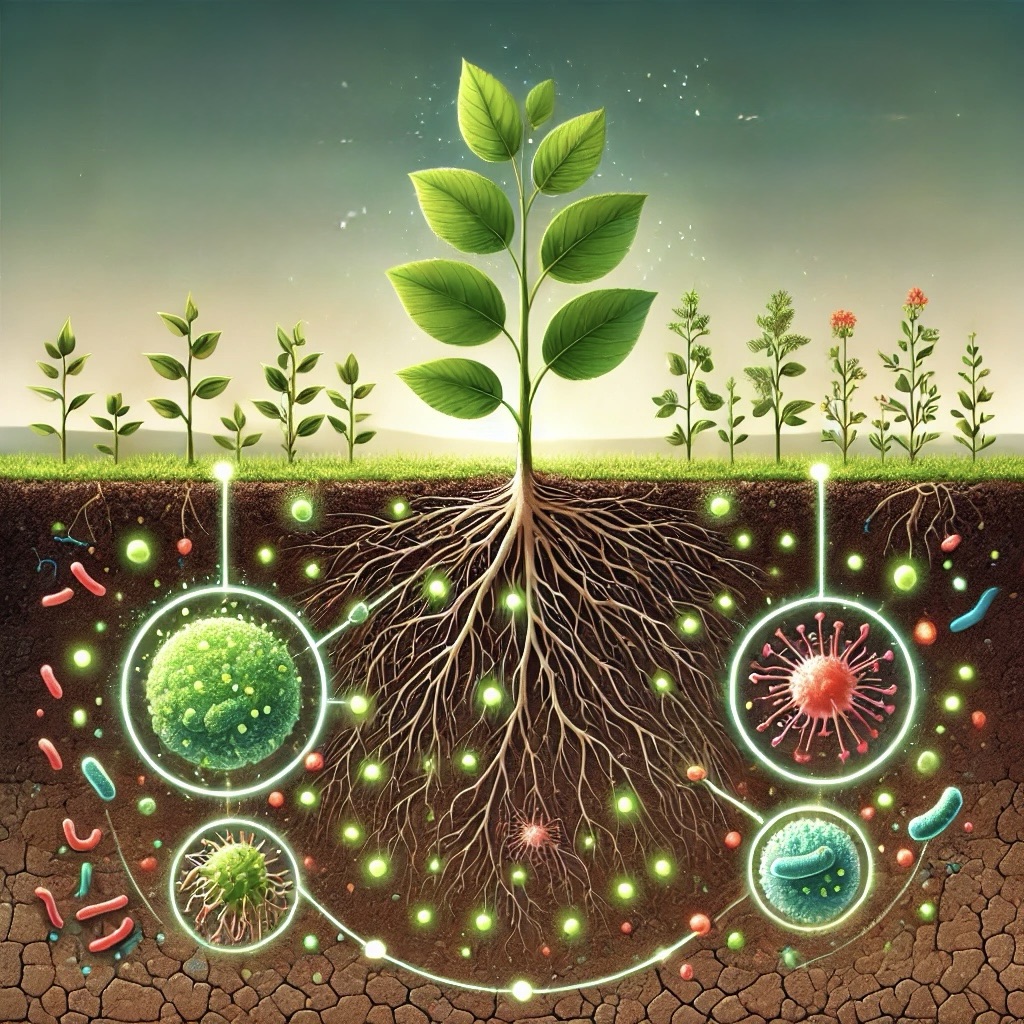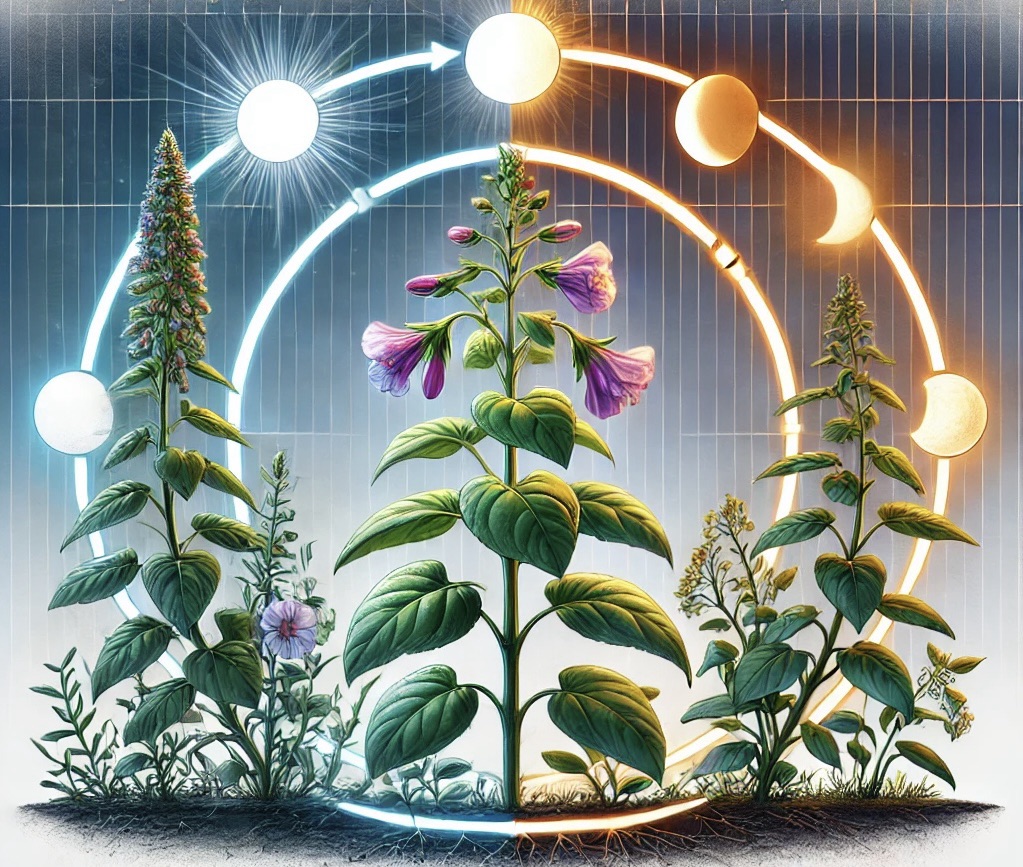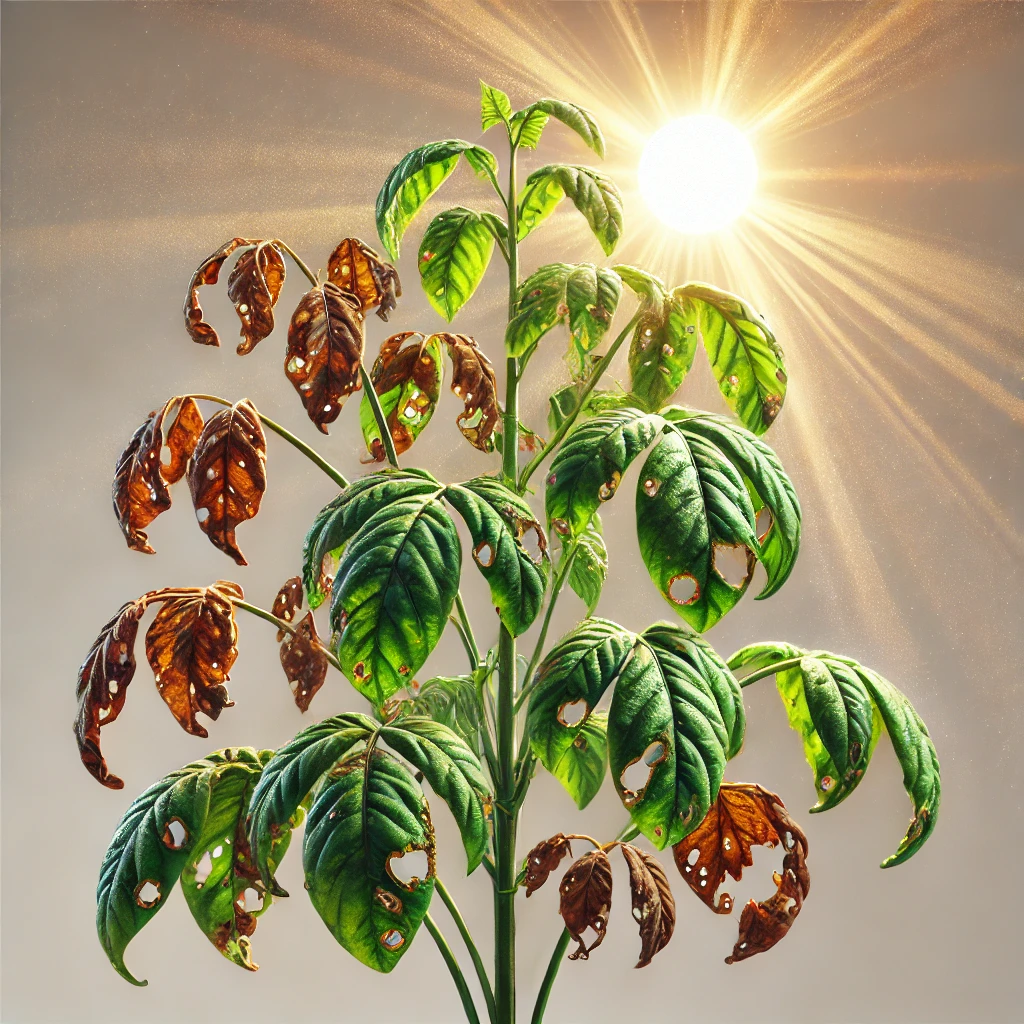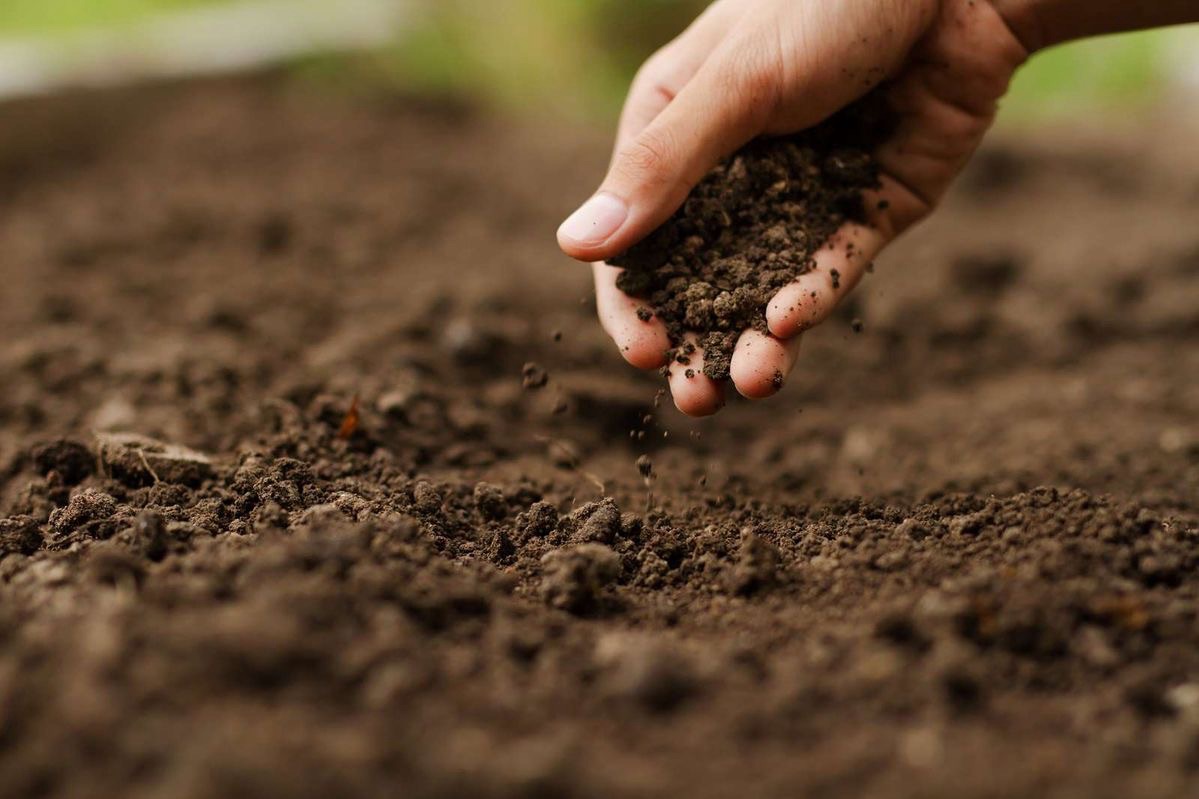10 min read
0
Allelopathy: How Plants Inhibit the Growth of Other Plants
Allelopathy is a ecological phenomenon in which plants release biochemicals, known as allelochemicals, into their environment to influence the growth, survival, and reproduction of other plant species. These allelopathic interactions can have both positive and negative effects, but they are…






